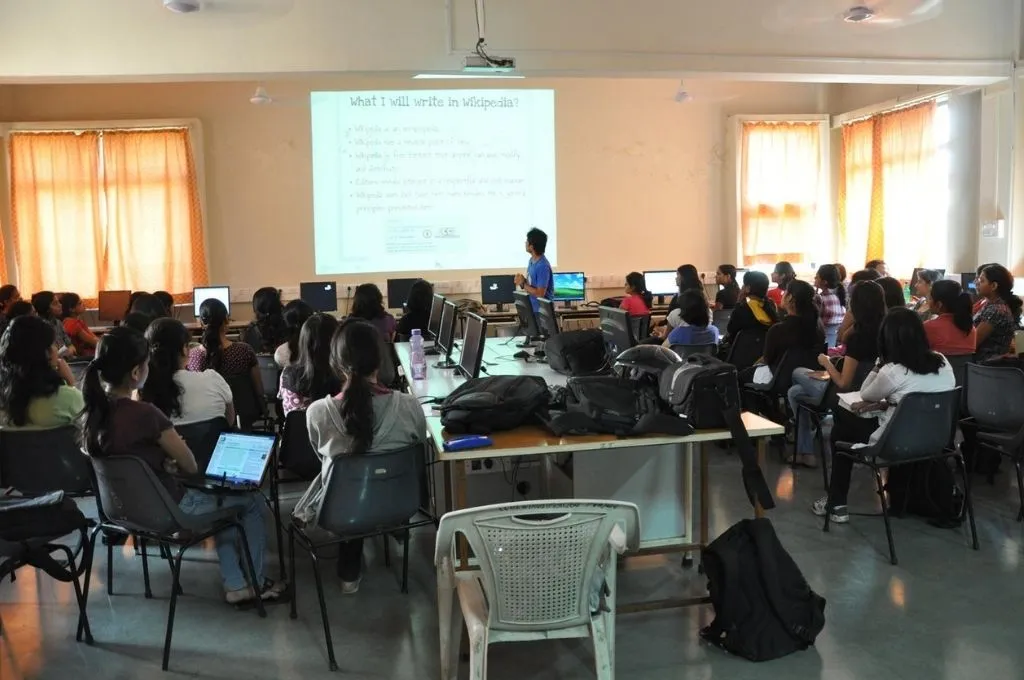Given the enormity of India’s challenges, the most successful nonprofits are ones that have found pathways to systemic change. These pathways have come either from finding market-based solutions or by engaging with the government.
The idea of working with the government to deliver solutions at scale is a holy grail in the world of nonprofits. Yet, there is no playbook by which nonprofits can understand ways in which to crack this code.
The education sector holds interesting examples of nonprofits that have worked in transformational ways to drive change within the system. We can categorise these approaches into three buckets:
1. Holding the government accountable for delivering on its responsibilities
2. Creating innovation that results in cost-effective ways of service delivery
3. Identifying gaps in policy approaches and creating solutions to meet these needs
Holding the government accountable
Since independence, the government has spent extensive resources on ensuring access to education. This investment has resulted in near universal enrolment in primary school.
After addressing access, the focus of the system needed to shift to improving the quality of education received by students. Nonprofits have played a significant role in ensuring that this shift takes place within the government.
Pratham, one of India’s largest nonprofits in the education space, had been working at scale, preparing children to learn in the formal school environment. In 2008, they launched the ASER Survey as a means of measuring whether children were learning.
This household based learning assessment has since become the standard by which the progress (or lack thereof) of the education system is measured.
Media, policy makers and civil society pay attention to the results and the ASER Report has been a major influence in turning the attention of state and central governments toward improving the quality of education.
Creating innovation for cost-effective service delivery
Free of bureaucracy and institutional inertia, nonprofits can be nimble and innovative in demonstrating cost-effective ways to deliver services.
Organisations such as Gyan Shala in Gujarat emerged during the early 2000s as key innovators in delivering high-quality, low-cost education in alternative settings to government-run schools.
Unlike private low-cost schools, there was an explicit focus on innovation and working closely with the state to create pathways for adoption by the government system. After demonstrating success with its models, Gyan Shala garnered government funding that enabled it to expand significantly.
Nonprofits can be nimble and innovative in demonstrating cost-effective ways to deliver services.
More recently, a public-private partnership (PPP) model is emerging as an institutional method to harness innovations being developed in the nonprofit sector.
While the aided school model has been a form of PPPs for decades, more recently municipalities like the Municipal Corporation of Greater Mumbai and the South Delhi Municipal Corporation (SDMC) have experimented with whole school adoption as a means of providing high quality education and boosting enrolment in government schools.
In both these municipalities, the government has asked nonprofits to operate schools with low enrolment and given them the operational flexibility and control to innovate. Nonprofits do not charge fees and operate these schools at a cost similar to the government’s per-child expenditure.
Akanksha, a Mumbai-based nonprofit, operates 21 schools across Mumbai and Pune–students in their schools consistently outperform the average municipal school learning outcomes. ARK, which began the first Delhi-based school under the SDMC policy, was recently awarded the Best School Award by the municipality.
Nonprofits considering this model however require a certain amount of operational funding to manage these schools, as municipalities have been unable to provide timelines for when they will reimburse schools on a per-student basis.
Identifying solutions for gaps in policy approaches
From their perspective of being on the outside of the government system, nonprofits can identify gaps in policy approaches and help create solutions to address these.
When we founded Central Square Foundation (CSF) in 2012, one of the challenges we faced was a paucity of insightful data about the education system.
For instance, there was no way of capturing or analysing data on the 18,000-plus teacher education institutions that operate across the country. Given the poor quality of teacher performance, this was a major impediment to the government’s ability to identify methods to improve the system.
CSF developed a data portal called Prashikshak that was adopted by the Ministry of Human Resource Development. It took us nearly two years to develop the initial idea through consultation with various stakeholders, create and test a prototype, and then work with the ministry to roll out the larger-scale implementation.
Today the system, which requires teacher education institutes to disclose information about their resources and performance, serves as the primary data mechanism on the state of teacher education institutes in India.
In conclusion
These three examples are different ways in which nonprofits have worked collaboratively with governments to foster change in the education system.
As many nonprofits have experienced, working with the government requires patience, as frequent administrative leadership changes result in the need for consistent engagement and education to ensure that the project remains relevant.
Although not all nonprofits have the resources to work with the government, many more need to be proactive about developing partnerships to expand their reach and create systemic change that magnifies their impact.





